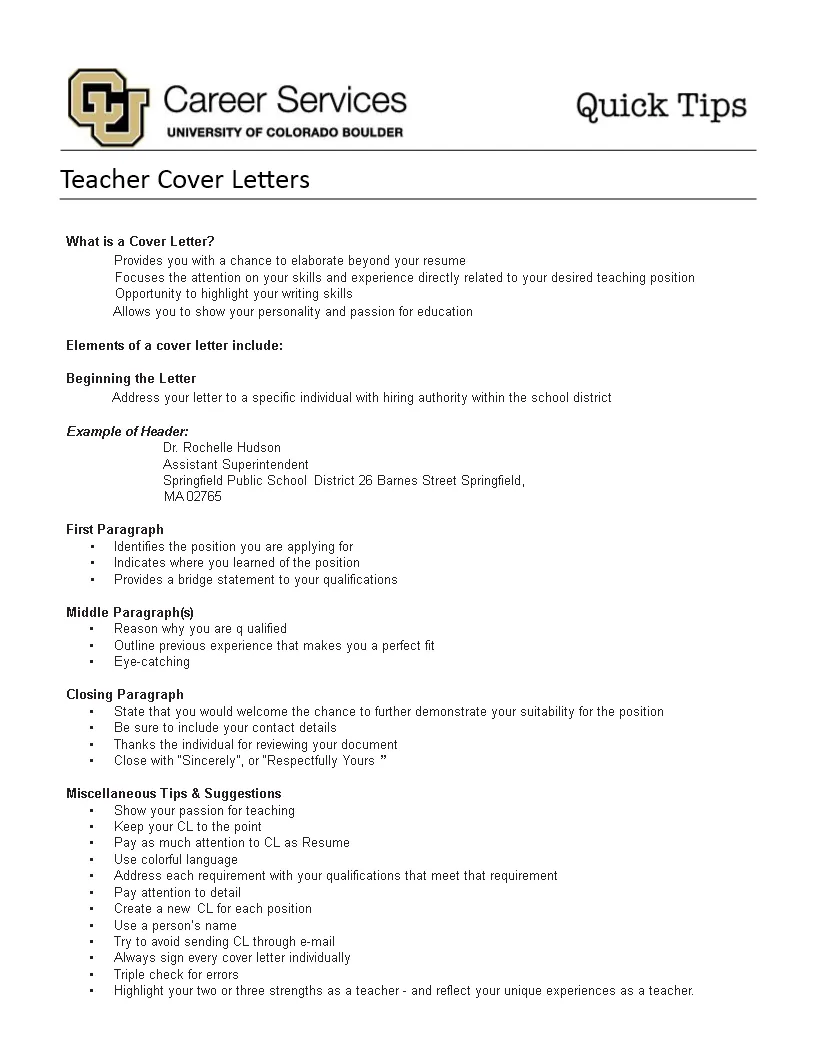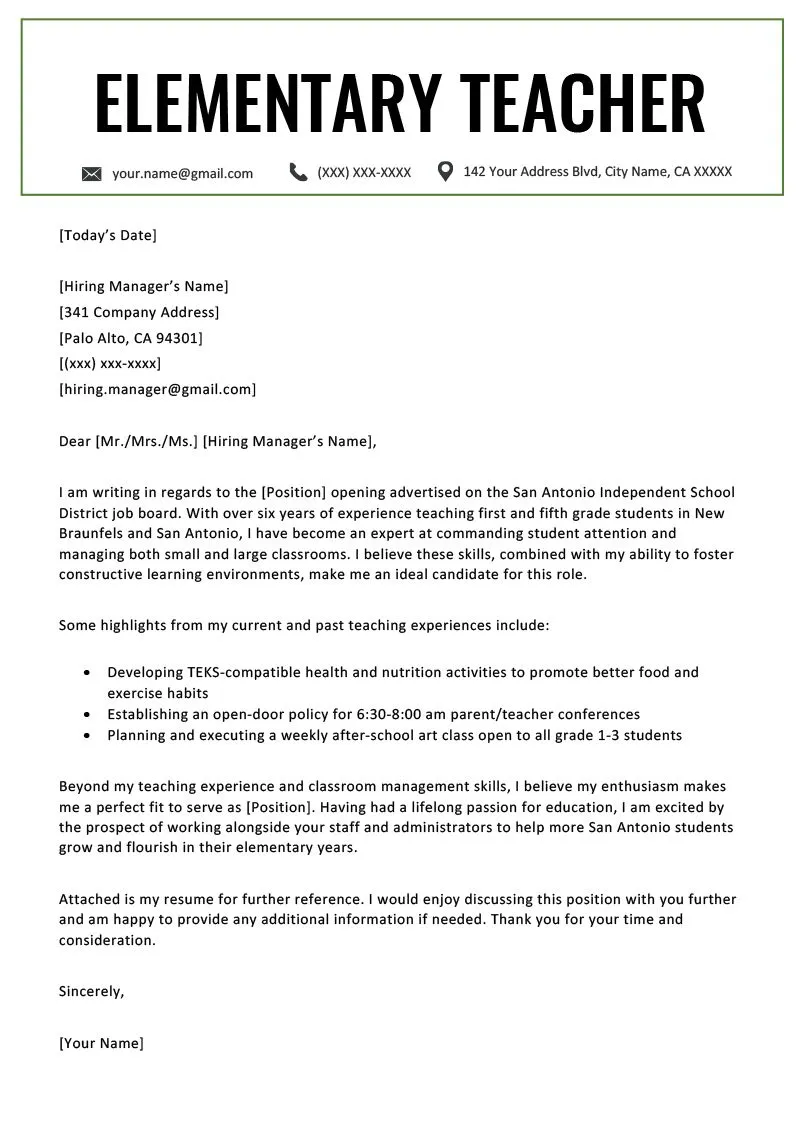Unveiling The Top 5 Secrets of a Winning Teaching Cover Letter
Landing your dream teaching job often hinges on a standout cover letter. It’s your first impression, the opportunity to captivate a hiring committee, and a chance to showcase why you’re the perfect fit. But what separates a good cover letter from a great one? In this guide, we’ll unveil the top 5 secrets to crafting a cover letter that gets you noticed. From highlighting your passion to tailoring your message, we’ll equip you with the knowledge to create a compelling narrative that elevates your application above the competition. A well-crafted cover letter not only highlights your qualifications but also demonstrates your understanding of the role and your enthusiasm for the opportunity. We will dive deep into the key elements that make a teaching cover letter truly exceptional.
Highlighting Your Passion and Commitment
Your cover letter should immediately convey your genuine passion for teaching and your unwavering commitment to education. Hiring committees seek educators who are not just looking for a job, but who are deeply invested in shaping young minds. Begin by expressing your enthusiasm for the teaching profession. Share what inspires you to teach. This could be your love for a particular subject, your dedication to fostering a positive learning environment, or your commitment to helping students achieve their full potential. Include a brief anecdote or a personal reflection that illustrates your dedication to education. Describe your teaching philosophy and how it aligns with the school’s values and mission. This demonstrates that you have thought critically about your role as an educator and how you contribute to student success. Focus on how you plan to make a difference in the lives of your students. This will set you apart from other applicants.
Showcasing Relevant Skills and Experience

Your cover letter is the perfect place to highlight the specific skills and experiences that make you a strong candidate. Don’t simply list your qualifications; instead, connect your skills and experience to the specific needs of the school and the teaching position. Carefully review the job description and identify the key skills and qualities the school is looking for. Then, select the most relevant experiences from your background that demonstrate those skills. Provide concrete examples of how you have successfully utilized these skills in the past. For instance, if the job description requires classroom management skills, describe a specific instance where you effectively managed a challenging classroom situation. If the school emphasizes technology integration, share examples of how you have incorporated technology into your lessons to enhance student learning. Quantify your achievements whenever possible. Instead of simply stating that you improved student test scores, mention the percentage increase or the specific strategies you used to achieve that result. Always tailor the skills and experience you highlight to align with the requirements of the specific teaching position you are applying for.
Tailoring Your Letter to the School’s Needs
A generic cover letter, while perhaps time-efficient, will not resonate with a hiring committee as much as a personalized one. The best cover letters demonstrate that you have done your homework and understand the school’s unique culture, values, and priorities. Before you begin writing, research the school thoroughly. Visit their website, review their mission statement, and learn about their programs, initiatives, and values. Mention specific programs, initiatives, or values that resonate with you and explain why you are excited about the opportunity to contribute to the school. Address the letter to the specific person hiring, if possible, and personalize the content to show you are interested in their role. By demonstrating that you understand the school’s environment and how your skills and experiences align with their specific needs, you show that you are seriously interested and invested in the position.
Demonstrating Knowledge of Education Trends
In today’s rapidly evolving educational landscape, it’s crucial to demonstrate that you are up-to-date with current trends and best practices. A cover letter that reflects a strong understanding of modern education is a powerful asset. Mention specific educational trends that you are familiar with, such as differentiated instruction, project-based learning, or social-emotional learning. Highlight how you have incorporated these trends into your teaching practice. Show that you are committed to ongoing professional development. Discuss any recent workshops, courses, or conferences you have attended to enhance your skills and knowledge. Demonstrate that you are eager to learn and grow as an educator. Share your ideas on how you can contribute to the school’s innovation efforts. By showing a forward-thinking approach, you demonstrate your ability to make a significant contribution to the school.
Expressing Enthusiasm and a Call to Action

Your cover letter should conclude with a strong expression of enthusiasm for the position and a clear call to action. Reiterate your interest in the role and express your excitement about the opportunity to contribute to the school’s mission. Make sure you reiterate your commitment and passion for education. Then, include a clear call to action. Encourage the hiring committee to contact you for an interview. Provide your contact information and state your availability for an interview. Thank the reader for their time and consideration. By expressing your enthusiasm and providing a clear call to action, you make it easy for the hiring committee to move forward with your application. Demonstrate that you are ready and eager to take the next steps in the hiring process.
